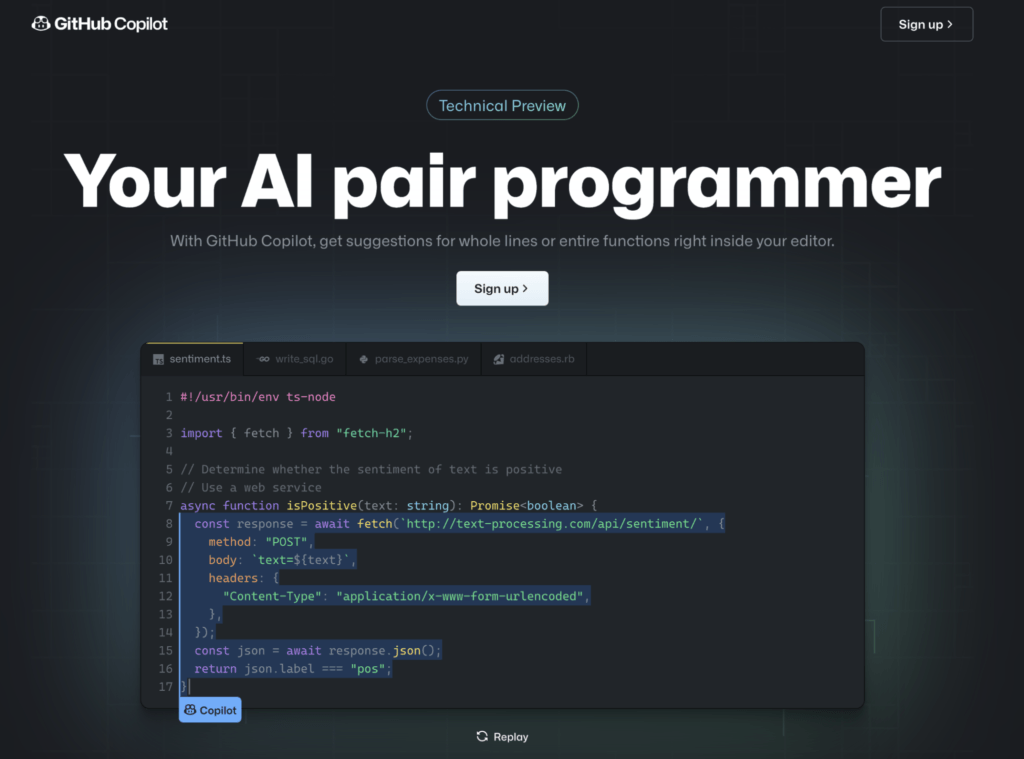Biopharma trends 2024, midyear update: what is relevant as of June-July 2024
Discover the latest trends in biopharma for 2024, including AI-driven drug discovery, personalized medicine, and other technologies transforming the industry.

Today, Avenga Labs is here with the latest news about the cloud, and AI for NLP and developers, but at the end I’ll address the event that is predicted to be the most important scientific breakthrough of our lifetime.
EC2 is one of the oldest services available in the AWS cloud. There was a lot of noise generated by this announcement. In fact, it’s a very old service from more than 15 years ago and it hasn’t been recommended for use (required explicit permission) since 2013. The actual usage was minimal according to many sources. Of course, there are affected users and organizations, as always in such cases, but there are migration paths for them supported by Amazon.
I have seen many news articles about it that used a sensational tone trying to scare off cloud adopters, but in my opinion, it was just another silly click bait attempt.
Undoubtedly, there’s a life cycle for cloud services too, something that cloud vendors are not eager to admit on their ad filled web pages and official communication. Services are versioned and newer versions may break existing systems unless they are upgraded. And, the older versions won’t be around for a long time. You cannot just deploy a solution to the cloud and forget about it (for too long) without risking breaking the changes.
That wouldn’t be a good idea anyhow, as security vulnerabilities are discovered and patched almost every day, so not updating the system means asking for trouble.
Changing cloud services and security are additional reasons for embracing Continuous Integration and Delivery. Using a public cloud without proper deployment pipelines and frequent releases is not a good idea.
So let’s use this news as a reminder of the basic rules of cloud deployment.
One of the largest public cloud contracts in the world was cancelled by the US Defense Department. It was initially a big win for Microsoft Azure versus Amazon Web Services.
Some analysts even said that it sealed the deal to determine who would be the winner of the cloud wars (Microsoft Azure). (And the winner is ironically … hybrid cloud).
What is the reason for cancelling the contract?
The official answer from DoD is ““Due to evolving requirements, increased cloud conversancy, and industry advances, the JEDI Cloud contract no longer meets its needs”.
One of the reasons is definitely the fact that cloud services are evolving faster than official documentation can keep up with. The situation and context are changing on both sides, as cloud providers are adding more capabilities and services and requirements are also evolving due to shifts in military strategy and the global situation.
Another reason is the legal action from Amazon and the risk of jeopardizing the entire project, which would most assuredly introduce delays and confusion. So, it was safer to withdraw from the contract and start a new initiative. The rumors say this time it will be a multi-cloud, for a change.
Defining, training and optimizing Machine Learning (ML) models is a tedious task which requires lots of skill, experience and computing power. It is costly.
So it’s natural to try to reuse the models once they are trained and then execute them on another population, in order to save time and money.
This time it’s not about overfitting machine learning models, which is mostly an engineering problem, but about something even more serious.
Different populations, countries and groups are different in many ways, and the temptation to apply existing models trained on data from rich countries may result in poor accuracy, wrong results, and wrong decisions. In the case of health related applications, it is unethical and may put human lives in danger.
In other words, the rich countries that represent the majority of the world’s economy are not representative of the entire global population. And, this could have dire consequences for medical applications of AI.

(my own screenshot of official web page)
We have addressed AI for developers, or versus developers, before.
This time it is GitHub, the most popular open source repository in the world, that is publicly testing a new tool called Copilot.
They are using publicly available code plus advanced machine learning models to help developers write code faster. It is based on the OpenAI engine for NLP, well maybe not so natural this time, because it applies the text engine for software code.
It is trying to guess the intent of the developer and add code constructs which will fulfill the requirements. Sometimes ready to use or sometimes requiring small adjustments, the code is being augmented in a split second with something that always looks reasonable and related to the need.
Someone called it Stackoverflow on steroids, because instead of searching for code, copying, or pasting, CoPilot does it all in milliseconds without leaving the IDE.
By all means, even the most advanced AI cannot deal with changing business requirements and solution designs, but it’s hard to ignore the progress which will really speed up or at least make the lives of developers easier.
I tried it myself and I liked it. It is definitely helpful when someone is not using any given language on a regular basis, as all the syntax details and base libraries are automatically inserted and save a lot of time.
Naturally, being able to read and write code is still critical and there’s no way around it, but for occasional developers, using different languages might be a true productivity booster.
As usual, the dependency on the tool will grow and maybe in a few years writing code without it will be like writing code in VI/VIM today, because only a handful of hard core fans will be doing this on a regular basis.
→ Explore Avenga AI services and expertise
ByT5 is a very Terminator-esque name of the new natural language processing (NLP) engine from Google. It is token-free, because it works on the byte representation of text without traditional transformations to detect tokens, words, etc. It is because the aim of this engine is to be able to process previously unknown words in multiple languages, including previously unknown languages.
ByT5 outperformed the previous model mt5 in all the benchmarks in accuracy, however, it was more computationally intensive.
Of course, there’s much more to it, but the most important takeaway is that NLP efforts are still accelerating. There’s still a long way to go, but another major milestone has been achieved.
Explore Natural Language Processing for business – with or without the cloud?
Time crystals are not enterprise IT news of any kind, but a new discovery in physics which was theoretized in 2012.
‘Time crystal’ is an object whose parts move in a regular repeating cycle without consuming any energy at all (when in an isolated environment). It’s another state/phase of matter which allegedly is breaking the fundamental rules of thermodynamics. It also changes our fundamental assumptions about time and space.
In other words, matter, time, and space are being redefined . . . again.
There were multiple attempts to create these special particles, but they did not all meet at least one of the criteria and are considered failures.
The breakthrough came from Google and a group of scientists from multiple universities. They claim that they produced stable time crystals in their quantum computer. Those claims are yet to be verified by the scientific community, but according to their first reactions it looks promising.
Time crystals are supposed to be very important in the advancements of quantum computers and, as a result, for the entire computing world and all of civilization.
The major progress in quantum computing is expected to take at least a few decades, if time crystals are real. If not, another major breakthrough will be required to restore hope.
Previously, humans discovered new elements of matter, time, and space through observation, then first created theories and then verified them through additional observations (for example, the General Theory of Relativity by Albert Einstein). Now, we are entering a new era. The physicists theorize that there are new types and states of matter, time and space and then attempt to create those theoretical possible states using quantum computers and other modern techniques. And, time crystals are examples of this new era of progress, both in physics and computer science.
Time crystals are considered the greatest scientific breakthrough of our times, but time will tell how big the impact is really going to be.
In the meanwhile, Avenga Labs is closely watching all the new global technology developments. As a global partner to some of the world’s iconic brands, we are making sure that the latest tech is properly placed and used to meet our current client’s needs.
* US and Canada, exceptions apply
Ready to innovate your business?
We are! Let’s kick-off our journey to success!